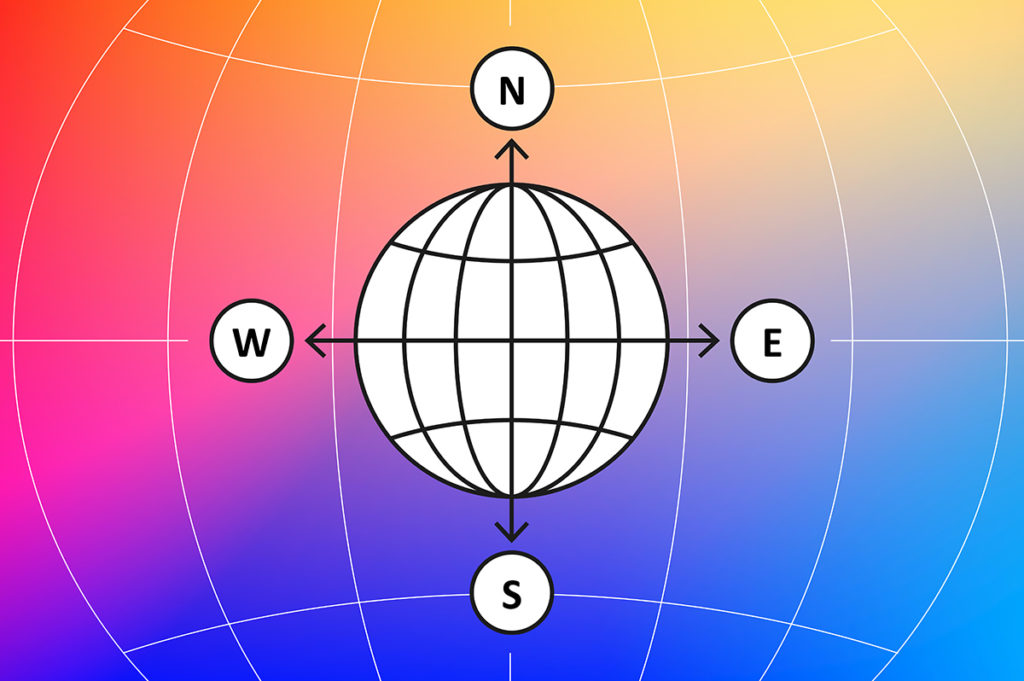Magnetoreception is a sense that enables a wide range of animals and organisms to perceive direction, altitude and location.
Many members of the animal kingdom use magnetoreception to detect and orient themselves to Earth’s magnetic field, with this behaviour having been observed in bacteria, algae, mud snails, lobsters, eels, stingrays, honey bees, mole rats, newts, birds (such as pigeons), tuna, salmon, dolphins, sharks, sea turtles and whales.
Research has even shown that the humble cow prefers to align itself with Earth’s magnetic fields when standing.
Studies conducted by geoscientists and neuroscientists have shown that the human brain also responds on a subconscious level to Earth’s magnetic field.
Certain bacteria contain magnetite crystals that align with the magnetic field, and is found to be contained in the beaks of birds and snouts of fish, along with the human brain. Here is has been found to be concentrated mostly in the lower evolutionary and ancient regions of the human brain, such as the brain stem and cerebellum.


